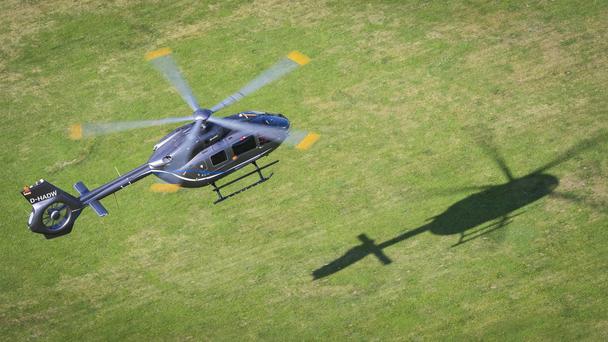The H145: from Bluecopter to the big-time

The H145 surprised even its engineers with the qualities of its new main rotor. Below, the story behind the rotor’s development, and how it ended up on the H145.
At Heli-Expo 2019, some of the buzz has been focused around Airbus’ H145 and its brand-new rotor. Five bladed, bearingless, with a smaller hinge offset . . . the innovations packed into this single element are more than we usually see revealed on an aircraft.
First prototype
The H145’s rotor actually started life on Airbus’ Bluecopter technology demonstrator. This re-engineered H135 was unveiled in 2015 as the company’s test bed for new technology, kitted out with such innovations as a new Fenestron tail rotor, a T-tail, and a bearingless 5-bladed main rotor.
“The Bluecopter was a highly modified H135 with a larger rotor diameter than a normal H135. Its ride and comfort were so good that we had the idea to strap it onto an H145 and see what it would do,” says Carl Ockier, the H145’s flight test engineer.
Overwhelming results
“We started with lower aircraft weights and incrementally increased. And all of a sudden, we found out that this rotor seemed to be perfect for the H145,” says Alexander Neuhaus, the test pilot on the Bluecopter and H145. “We were surprised, because although the rotor was not designed for the H145’s weight and aircraft type, by just taking it off the H135 and putting it on the H145 the result was overwhelming. That ended with the decision to go on with testing.”
There was little more to be done. The programme ran calculations and did simulations to make sure the rotor could withstand the H145’s flight load. Small modifications followed and then the H145’s testing campaigns began to certify the new rotor.
We were surprised, because although the rotor was not designed for the H145’s weight and aircraft type, by just taking it off the H135 and putting it on the H145 the result was overwhelming.
- Alexander Neuhaus, the test pilot on the Bluecopter and H145




